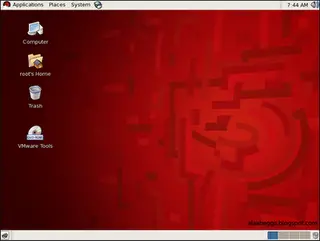Kernel Recompilation
Here I am giving some steps how to complie kernel? By default RedHat will not support the ntfs partitions mounting. So we will do kernel recompilation and get the job done. Step1 : Before Compiling the kernel the following packages should be installed in order to compile kernela. Glib-develb. Gccc. Ncurscs-develd. Binutilse. Kernel-sourcecode Step2 : Download the latest kernel from http://www.kernel.org/ and copy the .tar.bz2 file to /usr/src folder#cd /usr/src #wget http://kernel.org/pub/linux/kernel/v2.6/linux-2.6.25.4.tar.bz2#lsHere you have to see the downloaded file from the kernel.org Step3 : Now unzip the compressed kernel in the same folder it self#tar xvfj linux-2.6.25.4.tar.bz2#lsNow here you will find a folder with name linux-2.6.25.4#cd linux-2.6.25.4 Step4 : If you have compiled any kernels the previously first you have to clear any unwanted enteris in source kernel#make mrproper Step5 : Before recompiling the new kernel we have to take the backup of the old kernel in order to restore it. If in case you face any issues with the new kernel#make oldconfigThis backed up kernel configs are stored in /usr/src/kernel/.config Step6 : So now every thing is fine the left part is to compile kernel, to do that we have to execute the following command#make menuconfig About this command : Actually kernel have so many modules(like process management, memory management, network management, filesystem management, device managemn) etc, So this command will give a menu kind of list where...
Read More


